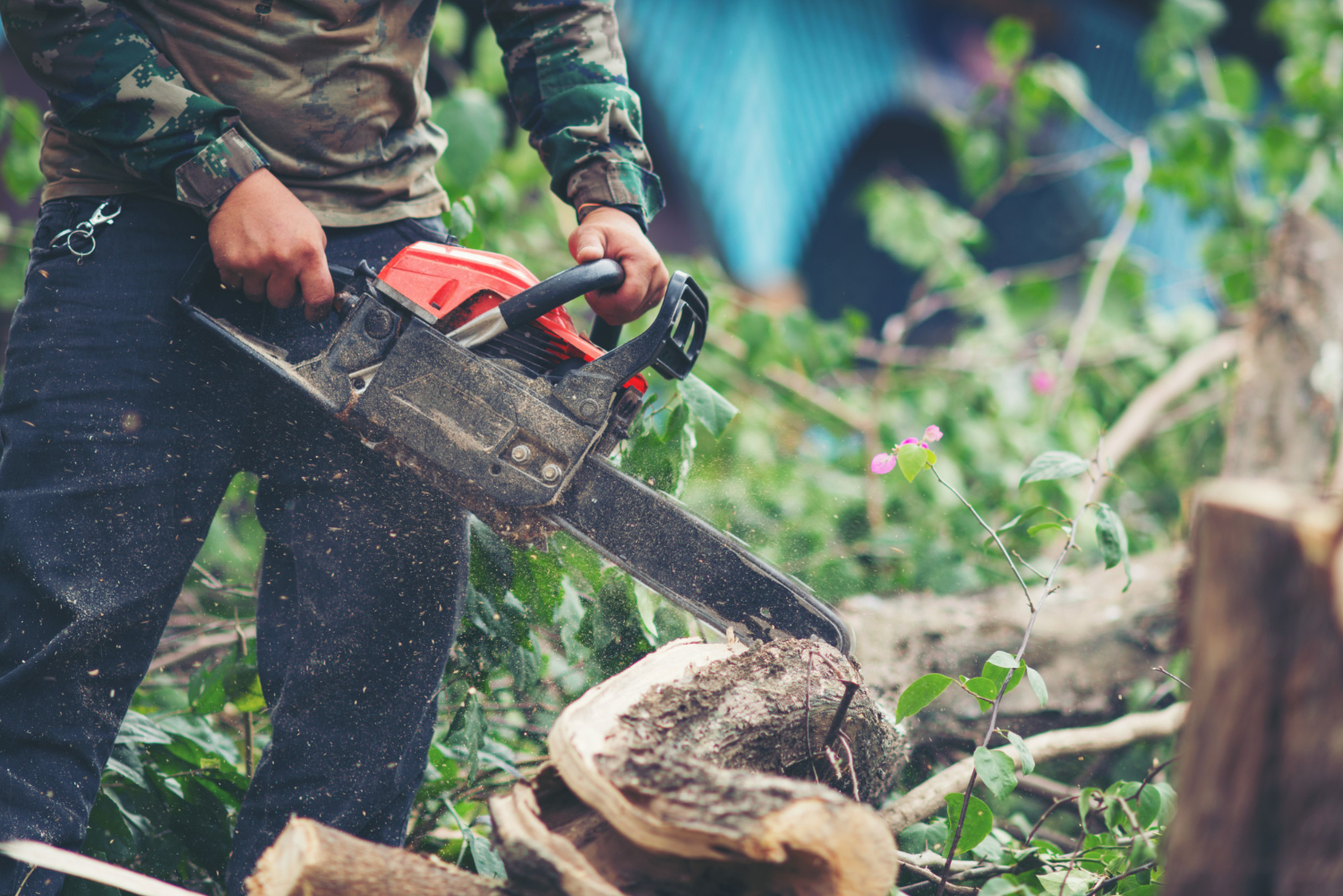
When most people think about cutting down a tree, the first image that pops into their head is a huge, roaring chain saw and someone yelling “Timber!” before a giant tree crashes to the ground. It sounds dangerous, loud, and maybe even a little wild. But here’s the thing—it doesn’t have to be.
The truth is, cutting down a small or medium tree in your yard (or even just trimming a few thick branches) can actually be a calm, controlled task if you have the right tools and take the right steps. It’s not something that only professionals or burly lumberjacks can handle. Regular people—parents, teens, neighbors—do it all the time. The key is to learn what’s safe, use smart equipment, and go at your own pace.
Let’s break it all down so it feels a lot less scary and a whole lot more doable.
Tools That Make a Huge Difference
The biggest reason cutting trees seems intimidating is the tools. Chain saws especially can sound kind of intense if you’ve only seen them in movies or heard the loud gas-powered ones from across the street. But today, there are electric and battery-powered options that are much easier to handle.
Some are lightweight, quieter, and made specifically for home use. If you’re not sure where to start, try checking out a modern chain saw that’s designed for regular yard work. These are nothing like the huge machines used in the forest. They’re safer, easier to grip, and even have features that help stop the blade quickly if something goes wrong.
That means you can stay in control the whole time without needing to be super strong or experienced.
Start Small and Stay Safe
If you’re thinking about cutting down a tree for the first time, don’t go for the tallest one in the yard. Start with something smaller—a young tree, a leaning trunk, or even just trimming thick branches. It gives you a chance to learn the feel of the saw and how the wood reacts when you cut into it.
One of the safest ways to practice is by removing dead or broken limbs. These are often hanging low or already cracked, so they’re easier to manage and help keep your yard safer. Even if you don’t remove a full tree, cutting back overgrown branches makes a big difference.
Always wear gloves, safety glasses, and sturdy shoes. Long sleeves help too. And take a quick look around before cutting. You want to be sure no pets, people, or breakable things are close by.
Know How Trees Fall
Cutting a tree isn’t about brute force—it’s actually about knowing how to guide it. There’s a method to it that makes the whole thing feel a lot less risky.
Here’s the basic idea: first, you make a notch on the side of the tree where you want it to fall. This notch tells the tree which way to lean. After that, you make a cut from the opposite side, a little higher up. That’s the one that finishes the job. If the notch is done right, the tree follows the direction you planned instead of just tipping over randomly.
This step-by-step approach takes out a lot of the guesswork. You’re not just sawing and hoping—you’re directing the whole thing, safely and slowly.
What Happens to the Yard?
Trees are nice to look at, but sometimes they outgrow their space. If a tree is leaning too far, blocking sunlight, or dropping heavy branches, it can start to cause problems. Too much shade can make grass stop growing, and tree roots can mess with fences or underground pipes.
Removing a tree opens things up again. It helps your yard breathe, gives other plants room to grow, and makes outdoor spaces more usable.
You Don’t Have to Go It Alone
There’s a difference between taking on a weekend yard project and handling a huge, tricky tree. If something is too tall, too close to the house, or near power lines, always call a professional. No tool can replace common sense.
But if you’re just handling basic trimming or small trees, doing it yourself can save time and money—and it feels good. Being able to shape your own outdoor space gives a kind of confidence that sticks with you.
After the Tree’s Down
Once the tree is safely down, you’ll probably want to chop it into smaller pieces. That’s where a good saw helps again. You can stack the wood for fire pits, bundle it for disposal, or even use some of it for small outdoor projects.
Then comes the cleanup—raking up leaves, smoothing the ground, and maybe planting something new. Suddenly, the spot that felt overgrown and stressful looks neat and full of potential.
It’s Not a Big Deal (When You’re Prepared)
What really changes the game is knowing how to approach the job. It’s not about being fearless—it’s about being smart. With the right steps and a tool that fits your level of experience, cutting down a tree turns into just another home task. Not scary. Not overwhelming. Just something you can handle.
What to Remember
Cutting down a tree might seem like a huge deal, but it really isn’t if you break it down. Start small, plan ahead, and always use the right tool for the job. A safe, simple chain saw makes a big difference, and taking it one cut at a time keeps things under control.
No need to rush. No need to panic. Just stay calm and keep learning. The more you try, the easier it gets.
Got thoughts or cool yard transformations of your own? Tell someone. The best way to get better at this stuff is to share, learn, and help each other out.



